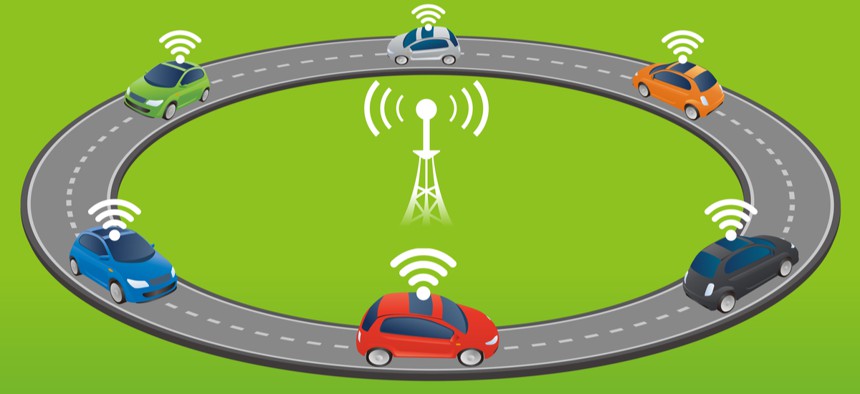DOT Needs Help Writing the Rules for Driverless Vehicles

metamorworks/Shutterestock.com
Many of today’s regulations focus on giving drivers more control over their cars, but for driverless cars, the Transportation Department will need to take humans out of the equation.
The Transportation Department is trying to figure out how to adapt existing vehicle safety standards for driverless cars that come with far fewer human controls.
With more autonomous vehicles hitting the road in the years ahead, the National Highway Traffic Safety Administration is looking for ways to keep them safe for both their passengers and other drivers on the road. Current safety regulations focus heavily on making sure drivers can maneuver vehicles away from danger, but when humans are removed from the equation, NHTSA will need new ways to make sure cars can keep themselves out of harm’s way.
The administration on Tuesday asked for public input on how to address the challenges that will inevitably arise when regulators try to apply today’s vehicle safety standards to autonomous vehicles. While some of the safety regulations that protect today’s human-operated vehicles will translate to their driverless counterparts, officials said a number of the rules will need to be revised.
“NHTSA anticipates that [autonomous vehicles] can serve a vital safety role on the nation’s roads, particularly since human error and choice are critical factors behind the occurrence of a large number of crashes,” officials wrote in the advanced notice of proposed rulemaking. “However, for [autonomous vehicle] technologies to develop fully, technological and regulatory barriers must be overcome.”
The solicitation focuses on revising the Federal Motor Vehicle Safety Standards related to “crash avoidance” for vehicles that would be expected to prevent crashes on their own. Today, there are 27 such regulations on the books.
According to officials, those barriers fall largely in one of two buckets: regulations on systems that might not exist in autonomous vehicles, like requiring brake pedals in all cars, and regulations that NHTSA can only test using nonexistent systems. For example, NHTSA requires cars to have systems that prevent them from swerving out of control, but regulators test those systems using steering wheels, which wouldn’t exist in autonomous vehicles.
“NHTSA’s long-term goal is to use what the agency learns from this [solicitation] ... to develop a proposal to amend the crash avoidance [standards] in ways that address these and other compliance challenges with a continued focus on safety,” officials wrote. Regulation
The department plans to accept public feedback through July 29.






